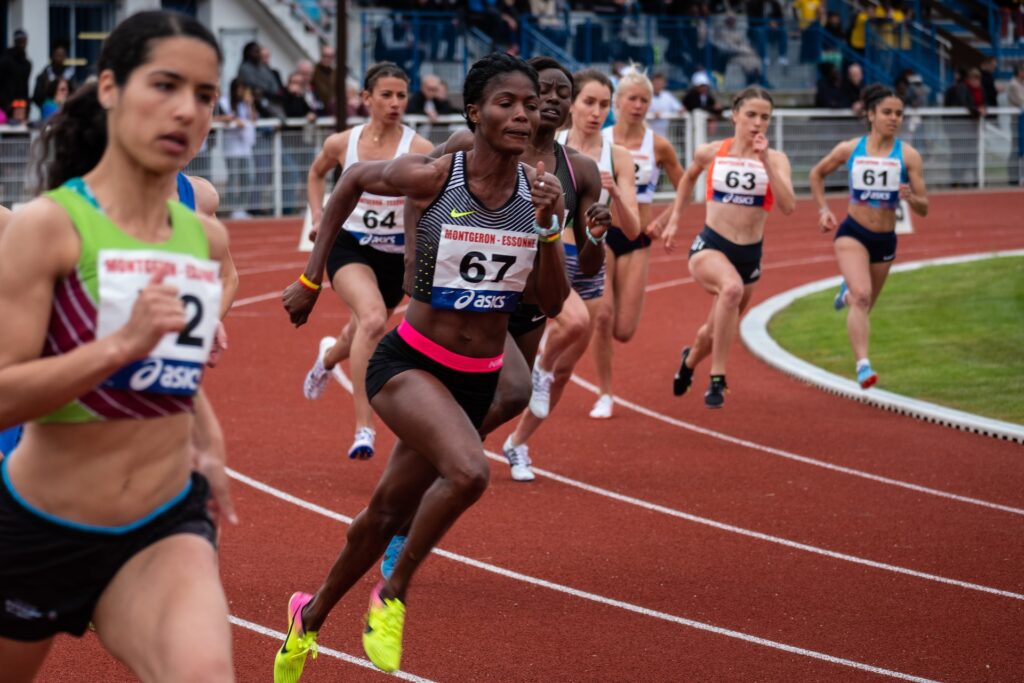Beneath the glorious surface of excellence in sports, lies the silent struggle. Along with this, includes body image, societal pressures and muscularity which gives rise to eating disorders. Eating disorders are very common in sports like gymnastics, running, diving and wrestling, where weight has a significant effect on performance. The prevalence of eating disorders is up to 45% and 19% in female and male athletes respectively.
The two main types of eating disorders are Anorexia Nervosa and Bulimia Nervosa. Anorexia Nervosa is the intense fear of becoming overweight, in spite of being underweight. Bulimia Nervosa, the more common one, is the regular and rapid food binges followed by self induced vomiting. The common reason being, the dread of gaining weight. A fusion of these two disorders is also commonly seen, called Eating Disorder not Otherwise Specified (EDNOS).
How to detect it early?
While it is absolutely common to observe sufferers’ denial, early detection is crucial and it is important to acknowledge that male athletes can too undergo eating disorders and therefore shouldnt be neglected.
It can be difficult to distinguish between athletic and disordered eating and educating coaches, trainers and sports organizations about the signs, symptoms, and risk factors associated with eating disorders would help in detecting early warning signs. Being vigilant is the key here. Fostering trust and promoting honest conversations can also help in early detection of eating disorders.
Common symptoms of anorexia nervosa include amenorrhea (loss of menstrual cycle), abdominal discomfort, bloating or constipation, and cold intolerance. Understanding the athlete’s eating behavior, their body image, use of laxatives and diuretics help in detection of any eating disorders. Another detection method for anorexia nervosa is physical examination which includes yellowing of skin.
Bulimia nervosa is difficult to detect as compared to anorexia nervosa, because the person suffering from bulimia generally looks healthy. Physical examinations include determination of teeth enamel and due to vomiting, hoarse voice, swelling on the knuckles due to induced vomiting and bleeding due to chronic constipation. Clinical evaluation techniques are also available to detect eating disorders.
Prevention strategies:
Methods in preventing eating disorders in athletes include creating a healthy environment, nutrition education, promoting inclusivity and self-acceptance. Encouraging a healthy body image by emphasizing the importance of strength, endurance, and skill rather than specific body shapes or sizes can help create a healthy culture and environment. Promote proper nutrition information about the importance of fueling their bodies adequately to support performance and bust misconceptions on extreme weight loss practices.
Support for athletes:
Ensuring that athletes have access to counselors, therapists, or sports psychologists who specialize in eating disorders is of utmost importance as these professionals can provide necessary support and guidance for recovery of the athlete. A collaborative approach combining medical, nutritional, and psychological support can yield the best outcomes. Create a safe place for athletes to share their struggles and seek help from their peers.
Remember!
Eating disorders are serious and pose a significant threat to athlete’s health, performance, and overall well-being. But you’re not alone and it is treatable with the right support. Recovery takes time, so be patient with yourself and with the people who are supporting you.
References:
- Bratland-Sanda, S., & Sundgot-Borgen, J. (2013). Eating disorders in athletes: overview of prevalence, risk factors and recommendations for prevention and treatment. European journal of sport science, 13(5), 499–508. https://doi.org/10.1080/17461391.2012.740504
- Currie A. (2010). Sport and eating disorders – understanding and managing the risks. Asian journal of sports medicine, 1(2), 63–68. https://doi.org/10.5812/asjsm.34864
- Walsh, J. M., Wheat, M. E., & Freund, K. (2000). Detection, evaluation, and treatment of eating disorders the role of the primary care physician. Journal of general internal medicine, 15(8), 577–590. https://doi.org/10.1046/j.1525-1497.2000.02439.x

